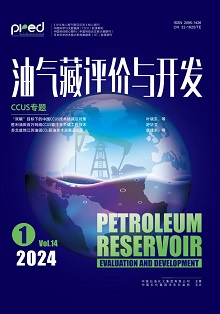Underground Gas Storage(UGS) is a complex, multifaceted process with multiple stages and a long operational cycle, making it a long-term systemic endeavor. The lifecycle of gas storage encompasses various phases including site selection evaluation, scheme design, engineering construction, production and operation, optimization of operations, and eventual abandonment. The integration of these phases is crucial for the safe construction and efficient operation of gas storage facilities. Given the complexity and scope of UGS, there is a pressing need for a comprehensive system that encompasses “management decision-making, monitoring, early warning, simulation analysis, and production control” to facilitate the integrated application of the entire gas storage process. This paper specifically addresses the construction plan of Sinopec gas storage, aligning with the national mandate for “industrialization and informatization” integration. It aims to bridge the gap between management, research, and production in gas storage, addressing both managerial and technical challenges throughout the entire process of site location, design, operation, and analysis. The ultimate objective is to enhance quality and efficiency in gas storage operations. An integrated platform for UGS has been designed and developed, focusing on “production monitoring, tracking analysis, remote control, and auxiliary decision-making” as its core components. Research indicates that this platform has significantly advanced the digitalization of various aspects of gas storage, such as site optimization, geological research, injection and production control, and peak shaving optimization, across all nodes. It enables precise control over production process nodes, intelligent analysis of production and operational trends, and scientific decision-making for production and control. The research shows that the platform has realized the digital improvement of the gas storage site optimization, geological research, injection and production control, peak shaving optimization and the whole node, accurately controlled the production process nodes, intelligently analyzed the production and operation trend, scientifically made the production and control decisions, and realized the integrated management and research of the gas storage site optimization, scheme design, production and operation, and dynamic analysis.








